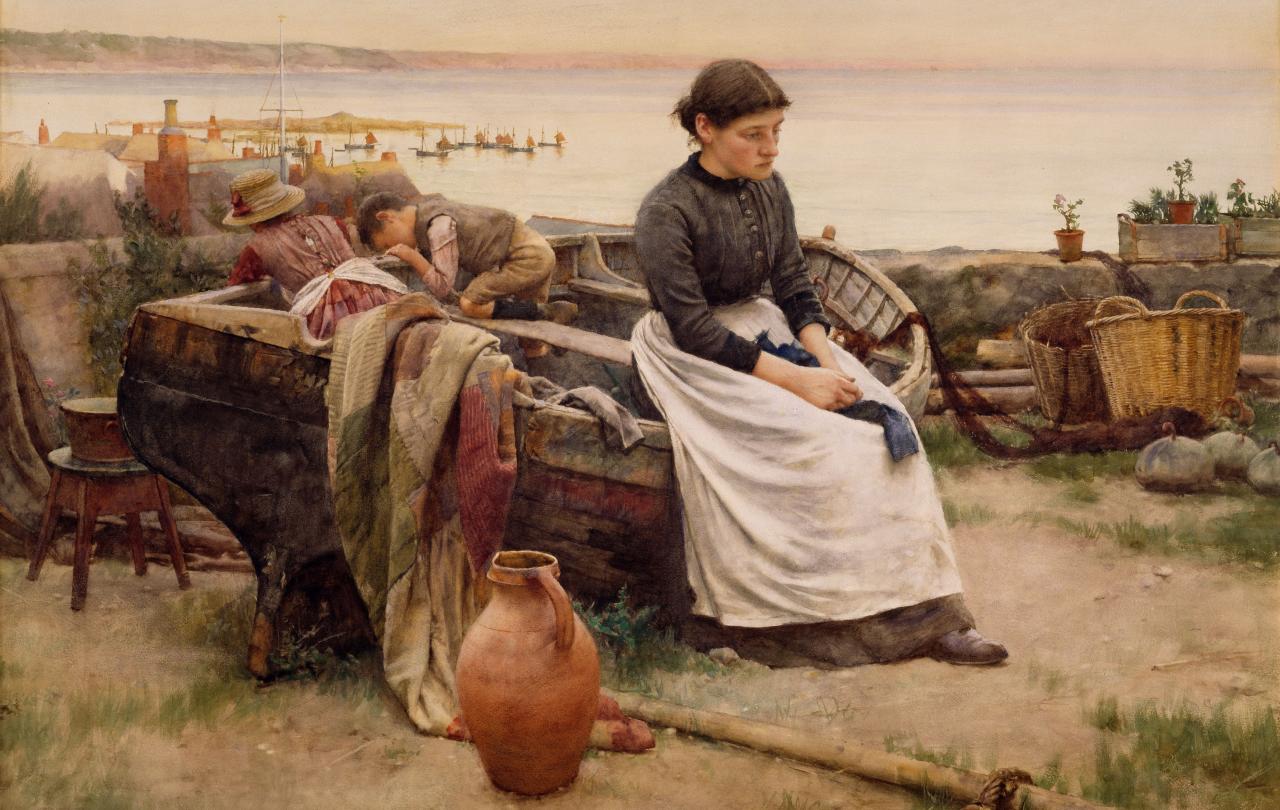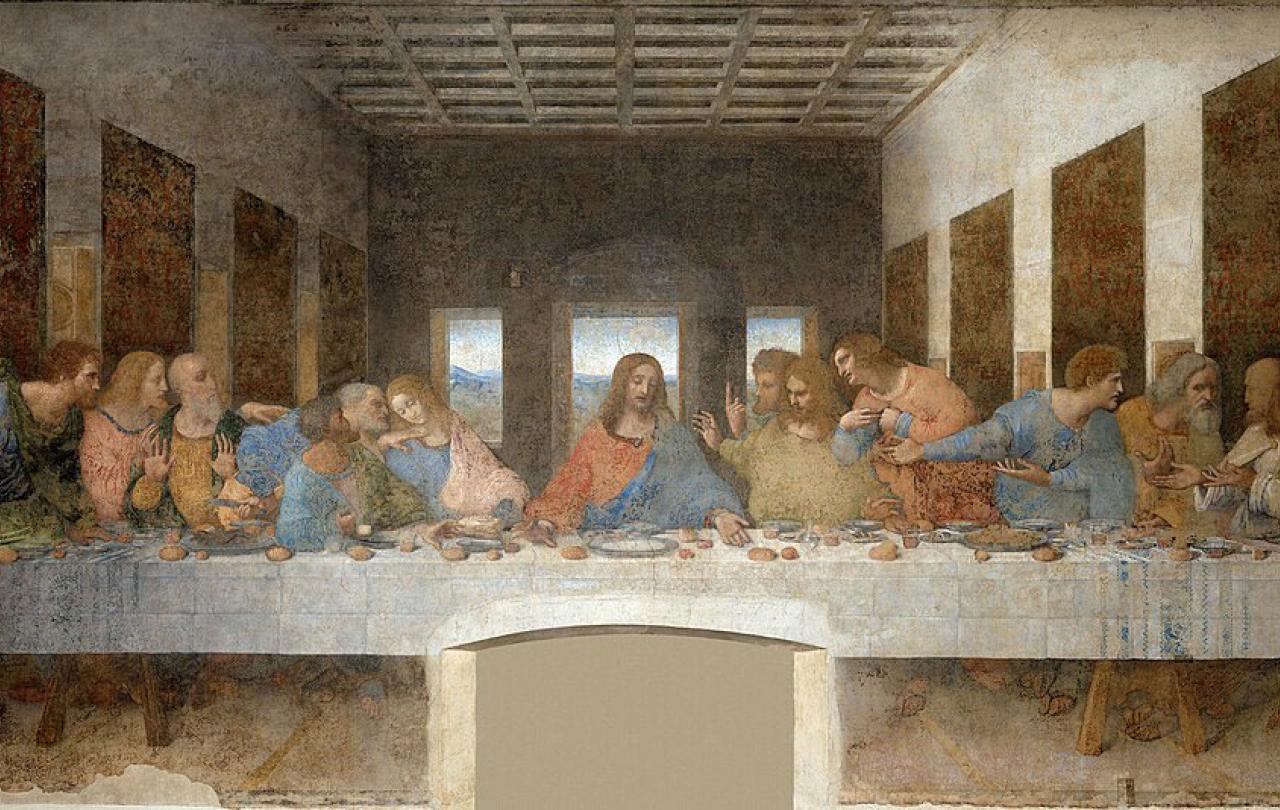
I am lost. I feel utterly bewildered by my surroundings and my head is beginning to spin under the strip lighting. There are people all around me, but I can’t find my bearings. This place should be familiar, it’s somewhere I’ve been a hundred times before, but I feel the panic rise as I try to find my way.
Before I had known exactly where things were, how to navigate the aisles and reach the things I needed with ease, but in the months I’ve been away, things have changed and I cannot face the thought of finding my way around the new arrangement, so I turn on my heel and leave empty-handed.
I haven’t been away on holiday or gone on a work trip, I’ve been locked inside my own head doing battle with my own mind in the shadowlands of mental illness. Stable now, with the crisis averted, I am trying to rebuild and yet the Co-op rearranging my local store has served as a stark reminder that things have changed in me and around me.
And there is no funeral to grieve what you’ve lost, no ‘closure’ as you’re still living it.
This is the where the conversation about mental health awareness falls silent; the reality of the losses mental illness stacks up like Jenga blocks while you aren’t looking. Serious mental illness doesn’t just take your mind; it takes your ability to enjoy the people you love, the work you find fulfilling, the gloriously mundane school run and the life you once almost took for granted.
And there is no funeral to grieve what you’ve lost, no ‘closure’ as you’re still living it, no five-step process to ‘get over it’. There is simply the loss and the life you’re trying to rebuild.
This loss must be grieved. I would argue that all losses must be grieved if we are to learn to live with them. It is as Michael Rosen’s childhood classic “We’re Going on a Bear Hunt” reminds us as the family go on their adventure and encounter the winds and sticky mud: “You can’t go under it, you can’t go over it, oh no! You’ve got to go through it”.
We simply have to let it have its way with us until the raw pain has faded into an ache we can tolerate.
It’s perhaps something the ancient faiths and traditions understood better than we do where there are rituals for grief; whether it be Jewish communities sitting Shi’vah or the Irish keening their songs of mourning, they acknowledge the enormity of grief and the need for communities to come together to process it.
Where the loss is more personal, we can seem to lose access to the healing found in community traditions. When the loss is because of illnesses still so misunderstood and stigmatised, these processes and traditions can feel even further away, still.
And yet.
There are paths through the thicket of loss. William Worden, a Fellow of the American Psychological Association speaks of four tasks of mourning which include accepting the reality of the loss, processing the pain of grief, adjusting to the world afresh and finally finding enduring connection. These tasks were designed with bereavement in mind, but they seem to me to speak to losses in the broadest sense and I have found them to be true in mental illness.
In the Bible we find this prophet Nehemiah, who is tasked with rebuilding the walls of Jerusalem after the Israelites exile in Babylon. They’ve returned home, but home doesn’t look like they imagined to, the place they longed for no longer exists, and they have to accept before they can begin to grieve what has passed. Author Marya Hornbacher writes that
“managing mental illness is mostly about acceptance- of the things you can’t do, and the things you must”
and I see it every day - perhaps you do too - as I take the medication and get the sleep that’s required for some kind of equilibrium to be maintained
Nehemiah grieves and weeps over the city for an estimated four months; but there is no set timescale for such things, we simply have to let it have its way with us until the raw pain has faded into an ache we can tolerate. In the Christian tradition this is called lament; it’s grief directed at God, bringing the pain before him in a way that acknowledges the twin realities of God’s goodness and our grief’s greatness. It is undoubtedly uncomfortable, but it is the gift of honesty. We do not need to put on our Sunday best for God, but can come in our brokenness and mess knowing that we will not be abandoned to it.
And then we begin to adjust to the new normal we find ourselves in. We test the boundaries of what we can do as anyone in recovery does. There is a slow almost imperceptible move towards more of life; a trip to the local shop much like I did during that disorientating visit to the co-op, a visit from a friend or a phone call answered, long avoided. Nehemiah returns to his work for the King - but even then the King asks him why he’s looking so sad. We need not rush in with fake smiles before grief has finished with us, but be honest with those around us - and with God.
We cannot lament our losses without finding a community to be a part of; whether that’s your friends, your local community group or your local church.
The fourth task is that of finding connection. For some it will be found in their friendships, others in their faith communities or peer-led community groups. Whichever way it happens it’s how life grows again around and alongside the loss. Worden I think meant it as a way to continue the connection with a lost loved one, but in the story of Nehemiah we see it as the Israelites first come together to rebuild the wall and then to celebrate it. We cannot lament our losses without finding a community to be a part of; whether that’s your friends, your local community group or your local church, we have to find spaces where we can share ourselves, our stories and know we are not alone. It is perhaps one of our most fundamental needs - it is certainly been mine - to know that I am not alone in my loss and I’m not alone as I survey the wreckage and tentatively begin to rebuild.

